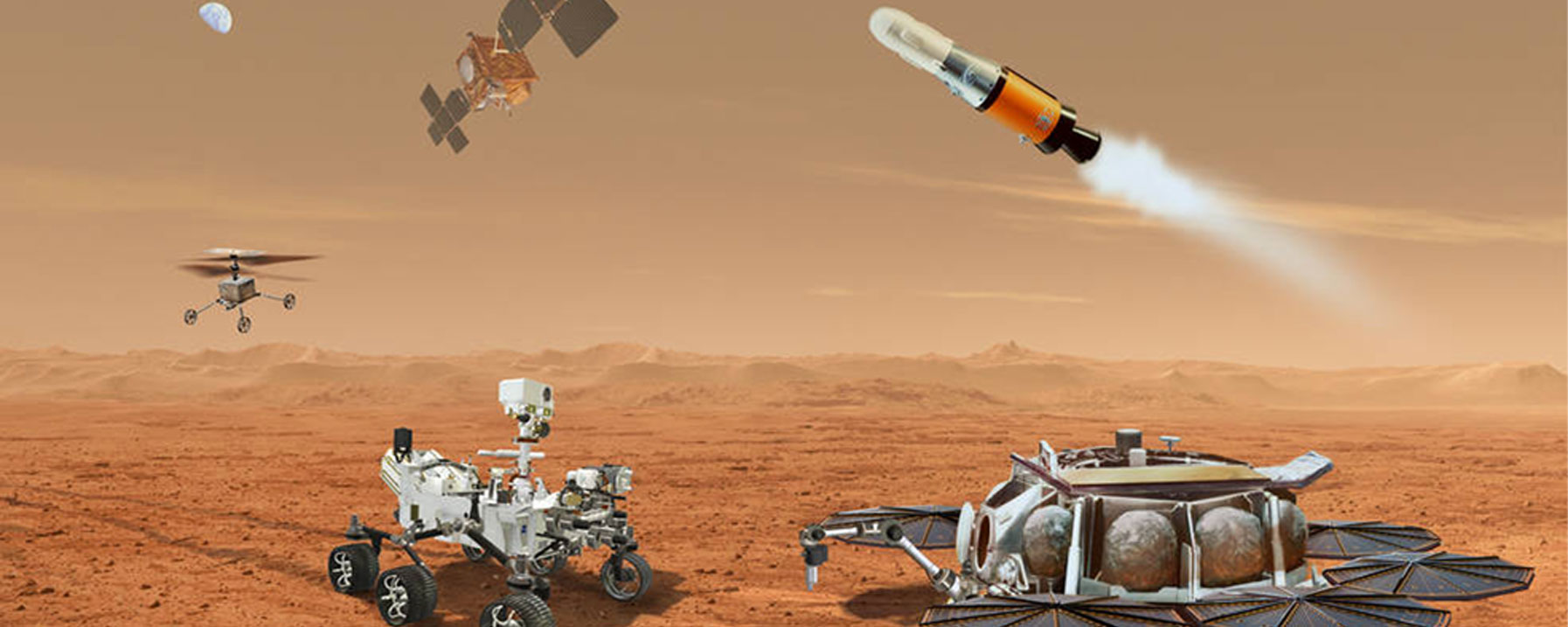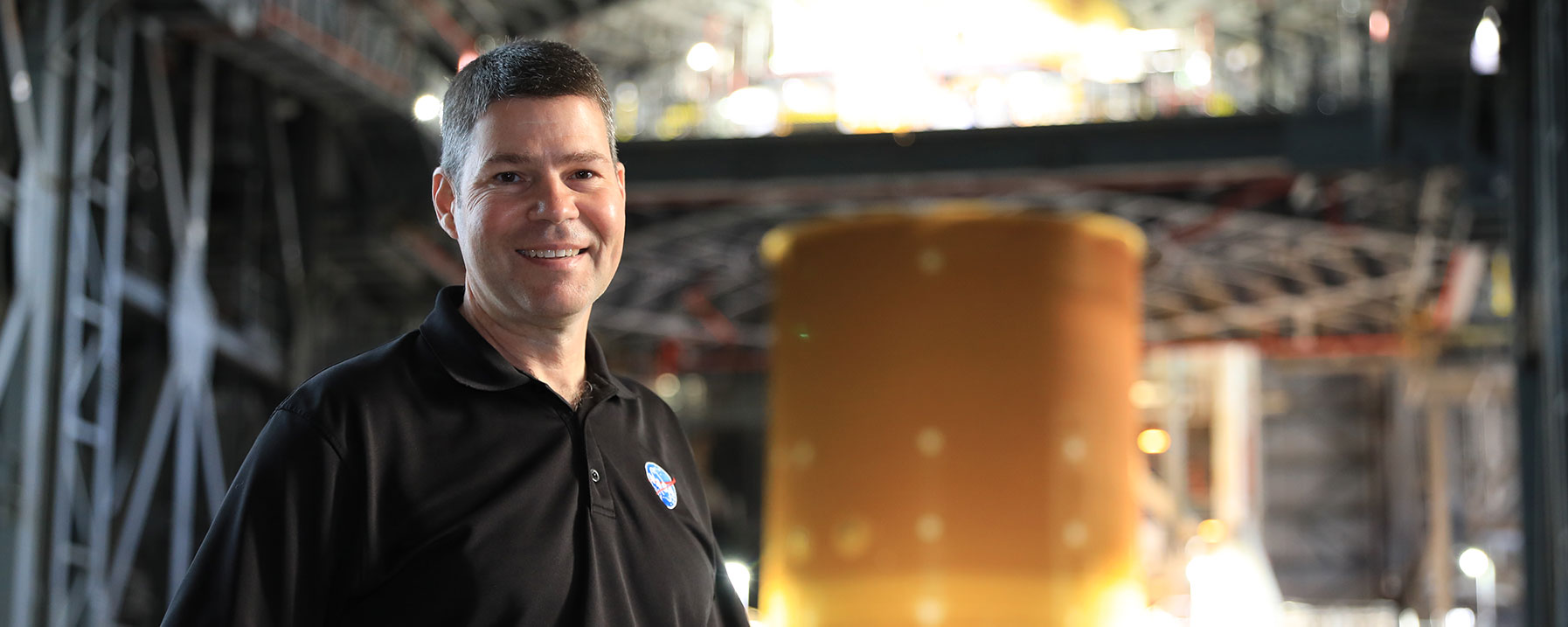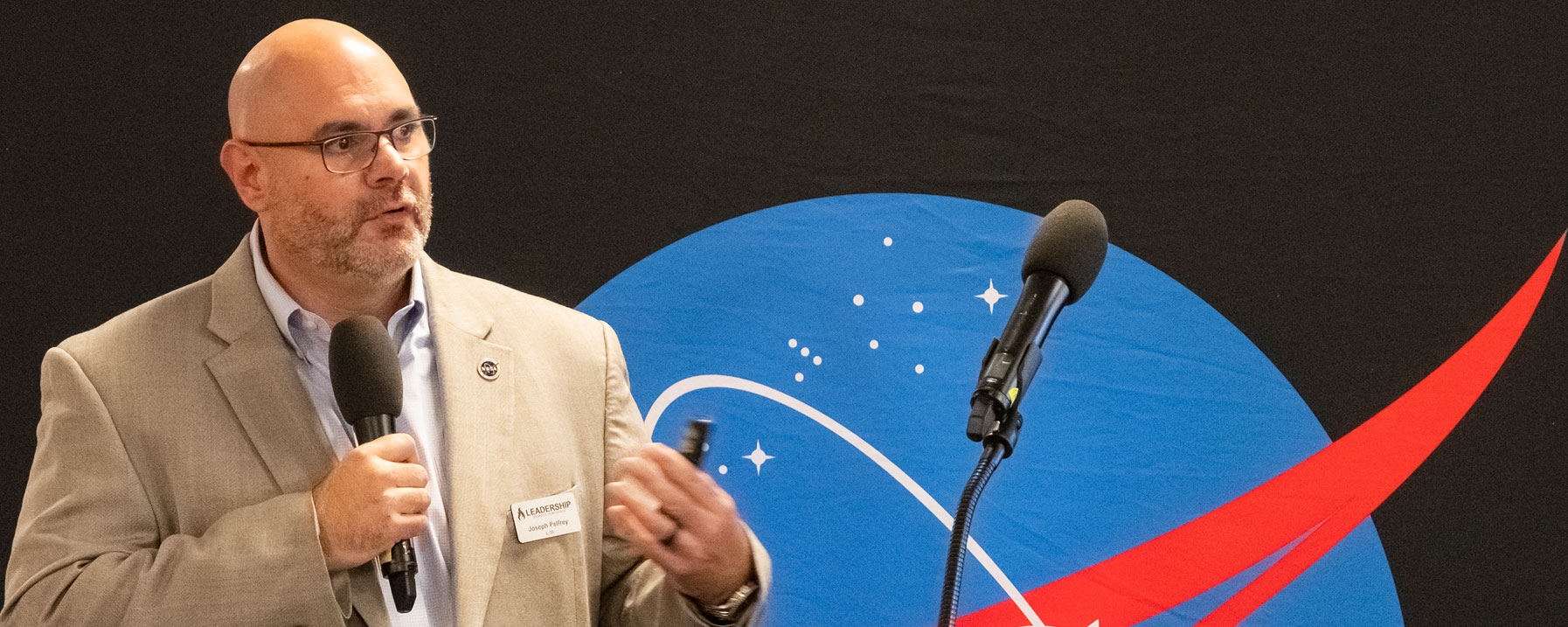Perseids Meteor Shower on the Way
The Perseids are back! Well … sort of. Usually bringing one of the most vivid annual meteor showers visible in Earth’s night sky, commonly delivering 50-100 “shooting stars” per hour at its height, the Perseids will peak Aug. 12 and 13. There’s just one problem: the full Moon.
Watch: Designing the Space Launch System
Artemis I is the foundation of humanity’s return to the Moon. The flight test of NASA’s Space Launch System (SLS) rocket and uncrewed Orion spacecraft will thoroughly test the integrated systems before crewed missions. NASA and industry experts evaluated thousands of designs and important aspects to make a reliable and powerful rocket.
NASA Will Inspire World When It Returns Mars Samples to Earth in 2033
NASA has finished the system requirements review for its Mars Sample Return Program, which is nearing completion of the conceptual design phase. During this phase, the program team evaluated and refined the architecture to return the scientifically selected samples, which are currently in the collection process by NASA’s Perseverance rover in the Red Planet’s Jezero Crater.
NASA’s Dr. John Blevins Was with SLS Before There Was an SLS
Some people begin their NASA careers having dreamed of working with rockets since childhood. Others, like Dr. John Blevins, the chief engineer for the Space Launch System (SLS) rocket, succeed because they follow their principles. When he left the automotive industry in 1992, Blevins’ goal was to become a better engineer, not necessarily to build the world’s most powerful rocket.
Small-Town Roots Helped Joseph Pelfrey Grow into NASA Marshall Leader
For Joseph Pelfrey, growing up in Cheraw, South Carolina, was idyllic. Most of his family lived in or near the town of less than 6,000, so large gatherings were common. He also enjoyed outdoor activities and spending time with friends. A math teacher in town set Pelfrey on the path to becoming an engineer.
For more information or to learn about other happenings at NASA’s Marshall Space Flight Center, visit NASA Marshall. For past issues of the ICYMI newsletter, click here.































